Admire the strange predators in the deep sea
The West Coast of North America is at risk of becoming a dead sea, and can only be rescued if this predator species recovers.
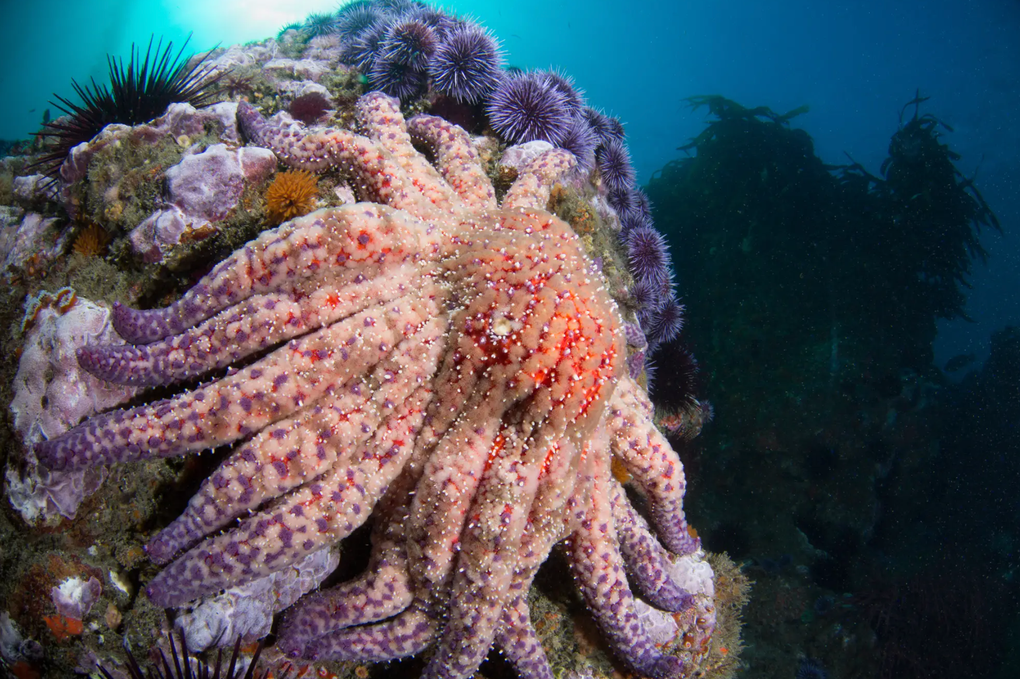 A sunflower starfish is crawling on a coral reef in the waters of Point Dume State, California, USA. Photo: (Brent Durand/Getty Images).
A sunflower starfish is crawling on a coral reef in the waters of Point Dume State, California, USA. Photo: (Brent Durand/Getty Images).
The population of the sunflower starfish, scientifically known as Pycnopodia helianthoides, has been rapidly declining since 2013, partly due to sea star wasting syndrome, the main cause of which may be rising sea temperatures. .
When the starfish disappears, some animals that were its food have the opportunity to reproduce. The number of kelp-eating sea urchins exploded and underwater forests were devastated. The authors of a recent report said the disappearance of starfish is the cause of the risk to these forests.
The above research report was just published in February 2023 in the Royal Society journal, stating that if the number of sea stars is restored, whether by natural or artificial methods, it will help control the number of sea urchins. and restore precious kelp forests.
According to the US National Oceanic and Atmospheric Administration, kelp forests provide an environment for a diverse range of plants and animals, making the species richer than other marine ecosystems. Animals that rely on the rich vegetation here to avoid predators or to avoid storms include seals, sea lions, whales, otters, birds and several other species.
 Sunflower sea stars are among the largest sea stars in the world. An adult starfish can be up to 90 cm across (Photo: naturediver/Getty Images).
Sunflower sea stars are among the largest sea stars in the world. An adult starfish can be up to 90 cm across (Photo: naturediver/Getty Images).
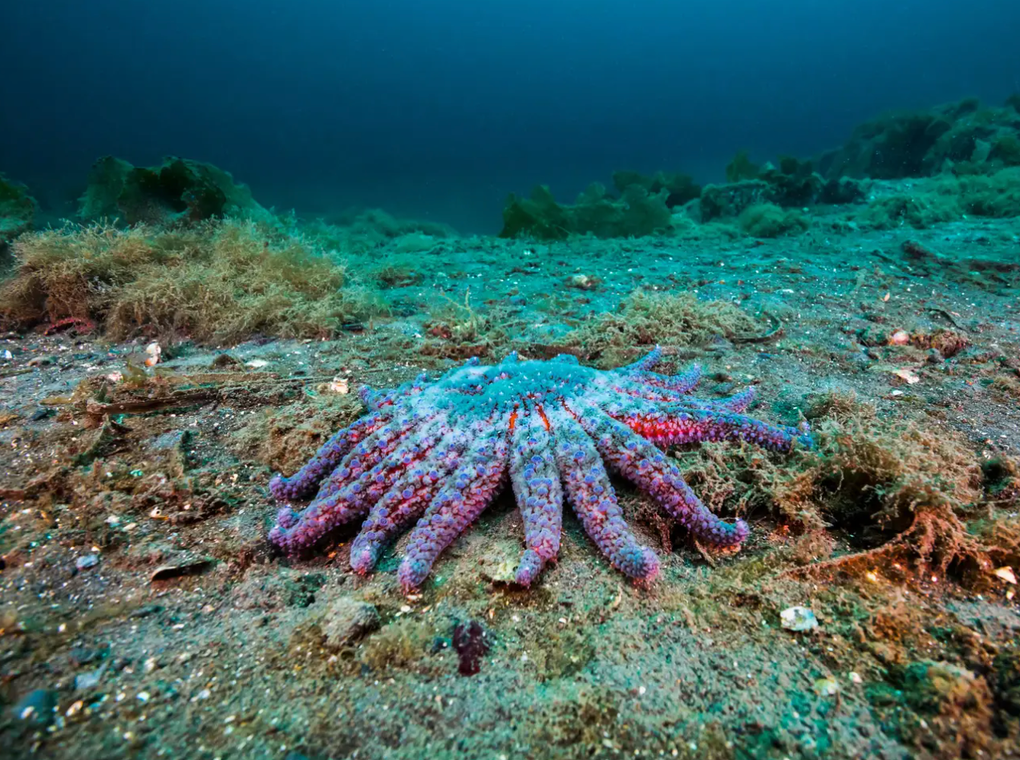 Although they are often called starfish, they are not actually fish. Pictured is a sunflower starfish in Alaska (Photo: Jennifer Idol/Stocktrek Images/Getty Images).
Although they are often called starfish, they are not actually fish. Pictured is a sunflower starfish in Alaska (Photo: Jennifer Idol/Stocktrek Images/Getty Images).
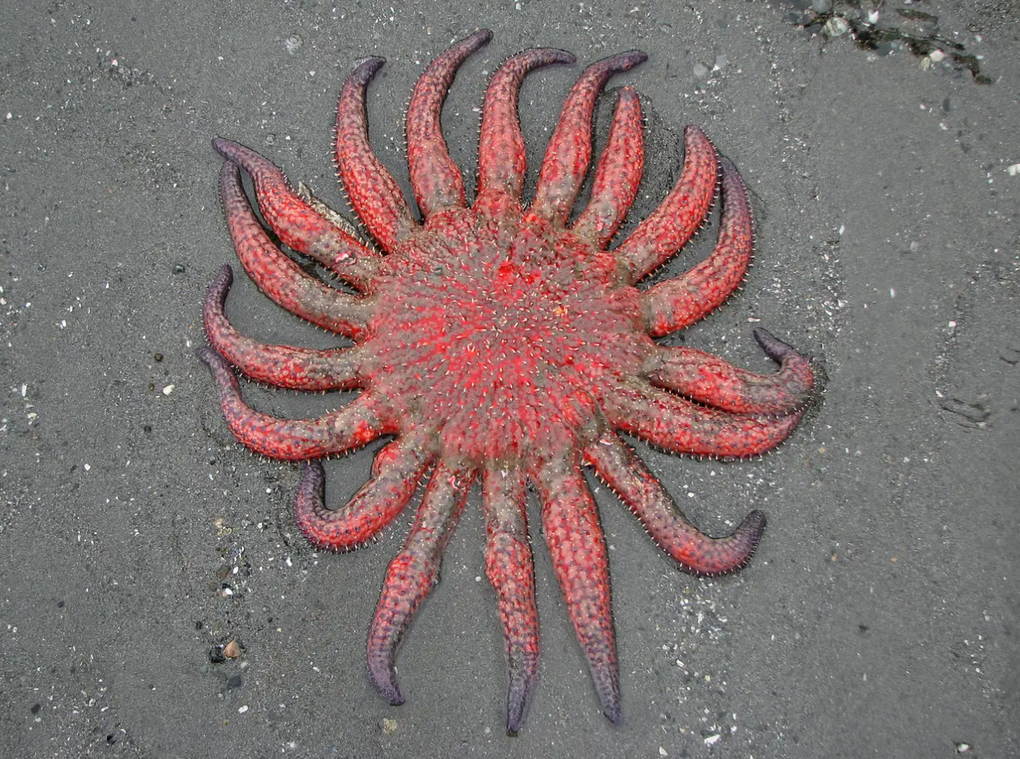 They are voracious predators, eating sea urchins, clams, snails, sea cucumbers and other starfish (Photo: Neil Gelham/Getty Images).
They are voracious predators, eating sea urchins, clams, snails, sea cucumbers and other starfish (Photo: Neil Gelham/Getty Images).
 Adults have from 16 to 24 legs. They use these legs to move and catch prey (Photo: Photo: RONSAN4D/Getty Images).
Adults have from 16 to 24 legs. They use these legs to move and catch prey (Photo: Photo: RONSAN4D/Getty Images).
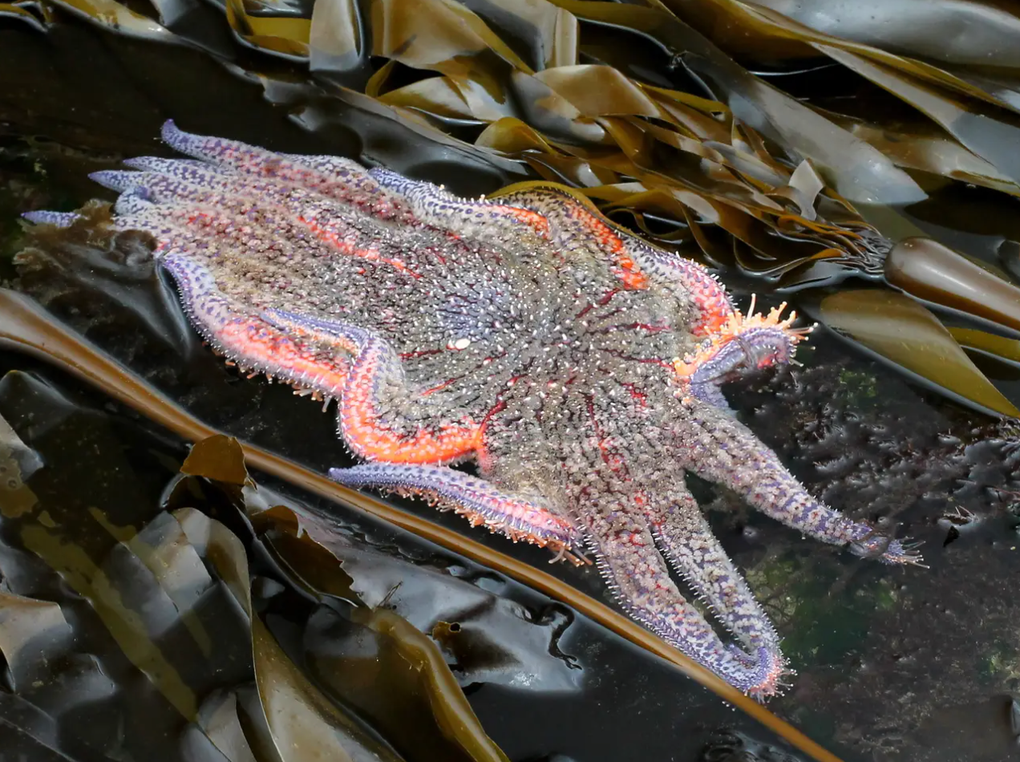 Sunflower starfish can move fast and far at a speed of 1 meter/minute. In the photo is a sunflower starfish crawling through kelp on the Washington beach (Photo: randimal/Getty Images).
Sunflower starfish can move fast and far at a speed of 1 meter/minute. In the photo is a sunflower starfish crawling through kelp on the Washington beach (Photo: randimal/Getty Images).
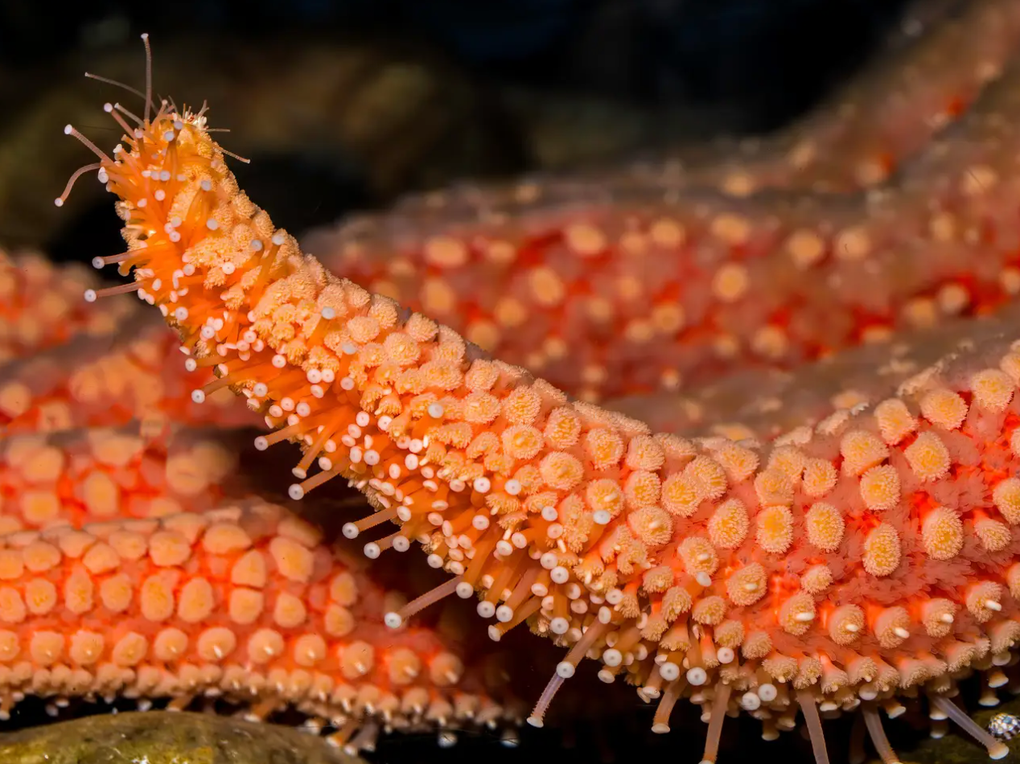 They have a skeleton unlike any other animal, thanks to which they can lie on their backs and open their mouths wide enough to swallow their prey (Photo: Gerald Corsi/Getty Images).
They have a skeleton unlike any other animal, thanks to which they can lie on their backs and open their mouths wide enough to swallow their prey (Photo: Gerald Corsi/Getty Images).
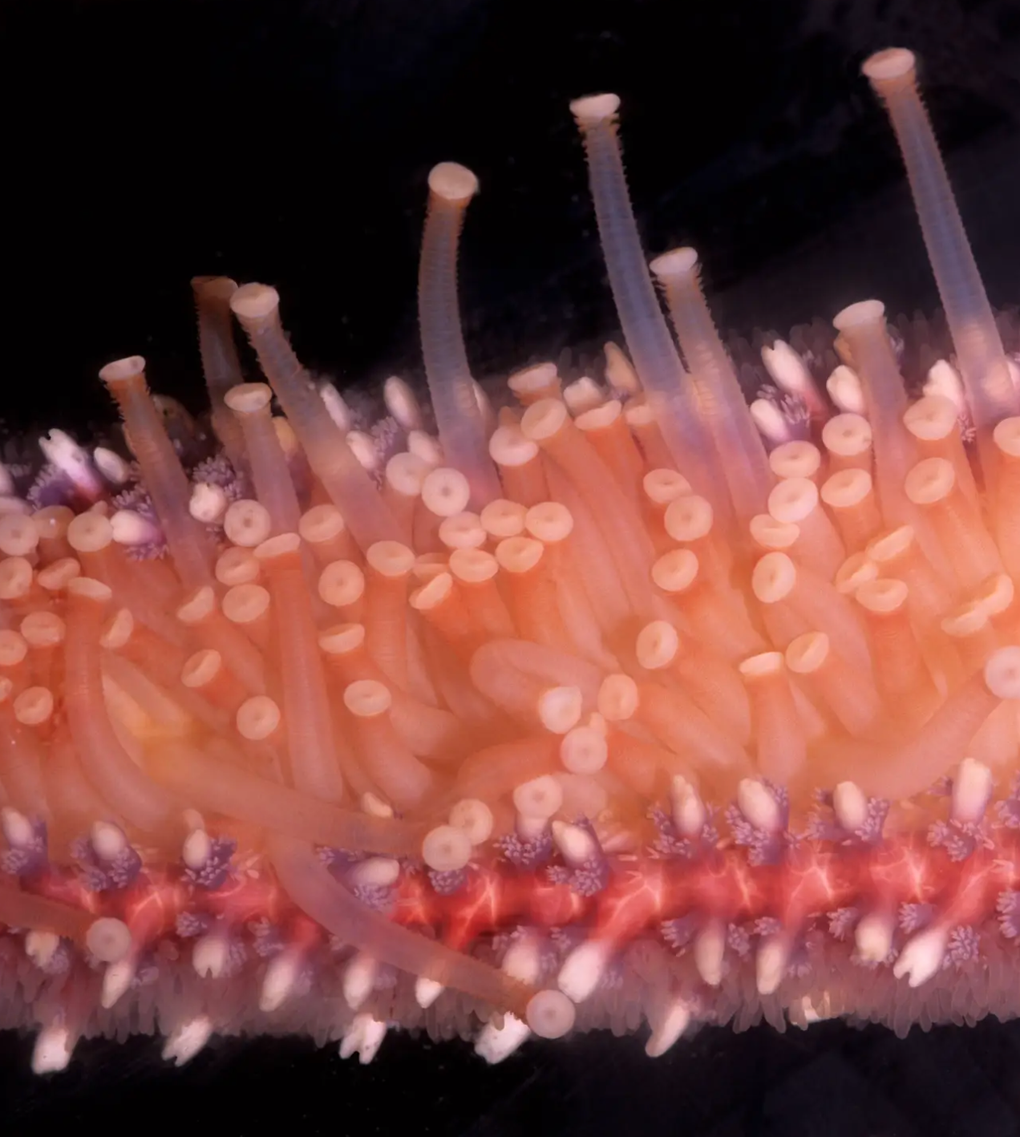 The sunflower starfish has up to 15,000 tentacles on its legs that can regrow if lost. Their tentacles are used to move and capture prey (Photo: Ed Reschke/Getty Images).
The sunflower starfish has up to 15,000 tentacles on its legs that can regrow if lost. Their tentacles are used to move and capture prey (Photo: Ed Reschke/Getty Images).
 Their soft and spongy skin comes in many different colors, such as: pink, orange, purple, green and brown (Photo: mscornelius/Getty Images).
Their soft and spongy skin comes in many different colors, such as: pink, orange, purple, green and brown (Photo: mscornelius/Getty Images).





